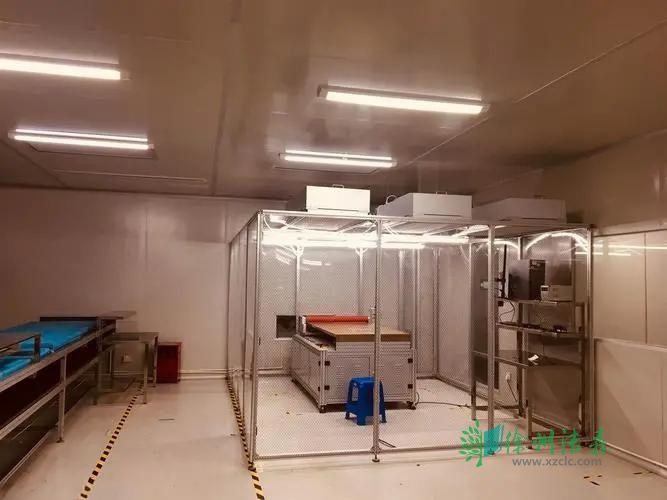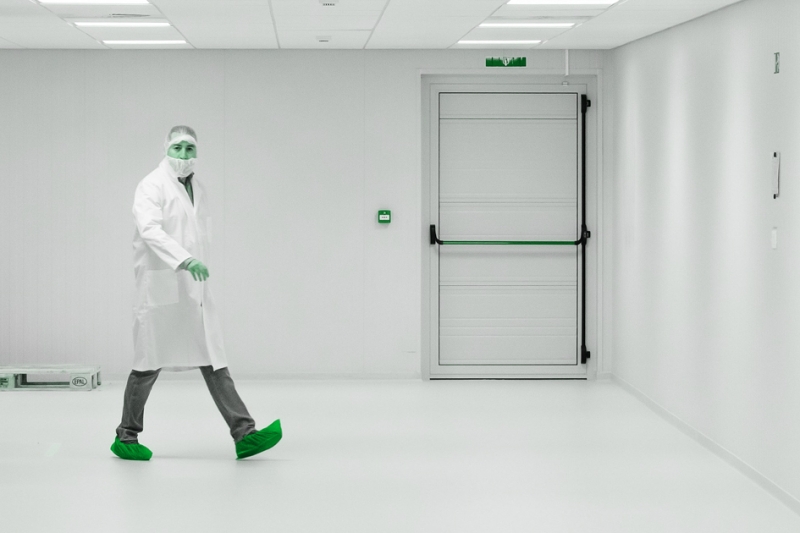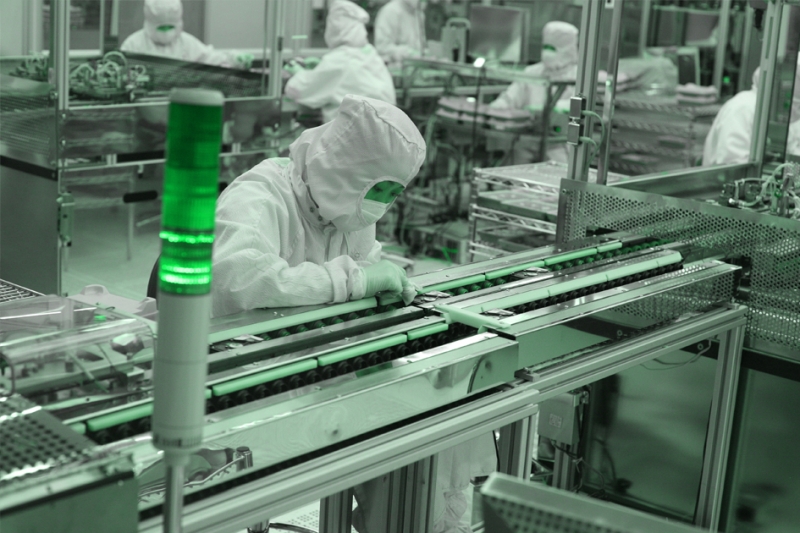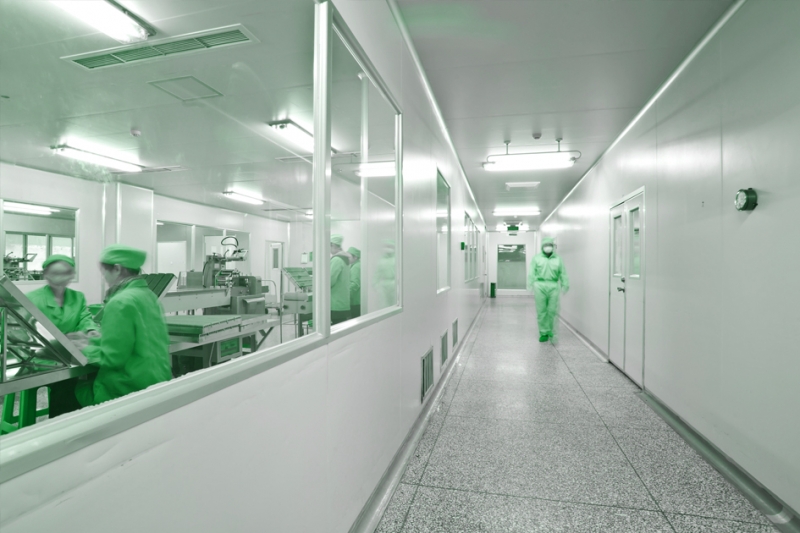Cleanroom vs Traditional Purification Technology: Which is More Efficient?
Cleanrooms and traditional purification technologies are both very common in the field of purification. Below, an engineer from Xuzhou Jiesen with years of experience in purification and disinfection will introduce the respective characteristics of these two technologies.

Efficiency advantages of clean rooms
Construction and installation efficiency: The clean shed adopts modular design, which can be quickly built and installed with a short construction period. This rapid deployment capability makes the cleanroom very efficient when a clean environment needs to be quickly established.
Flexibility and adaptability: Cleanrooms can be customized according to specific needs, providing multiple cleanliness levels and space combinations. This enables it to find suitable solutions in different industries and application scenarios, improving its flexibility and efficiency in use.
Operation and maintenance: Cleanrooms are usually equipped with efficient fan filtration units (FFUs), which have characteristics such as long lifespan, low noise, and maintenance free, ensuring long-term stable operation, reducing maintenance costs and downtime.
Environmental control capability: Clean rooms can effectively filter out fine dust and particulate matter in the air, providing a clean working environment for the workspace. This environmental control capability helps reduce product pollution, improve product quality and production efficiency.
The efficiency of traditional purification technology
Traditional purification technologies include various types, such as activated carbon adsorption technology, negative oxygen ion technology, electrostatic dust collection technology, etc. These technologies have unique advantages in different fields and scenarios, but efficiency may vary depending on specific applications.
Activated carbon adsorption technology: has strong adsorption capacity, but requires replacement of filter materials and is sensitive to temperature and wind speed, which may affect long-term efficiency.
Negative oxygen ion technology: It can purify the air, but its purification effect on certain pollutants is limited, and negative oxygen ions have a short lifespan in the air and need to be continuously released.
Electrostatic dust collection technology: efficiently removes particulate pollutants from the air, but may produce ozone and has limited purification effect on gaseous pollutants.
Comprehensive comparison between clean room and traditional purification technology
Construction and installation: Clean sheds are significantly more efficient in construction and installation than traditional purification technologies that require large equipment and complex installation processes.
Operation and maintenance: The operating and maintenance costs of clean rooms are relatively low, while traditional purification technologies may require more frequent maintenance and component replacement.
Environmental control capability: Both can provide a certain degree of clean environment, but the cleanroom is more flexible and efficient in controlling the high cleanliness of local areas.
conclusion
Taking into account factors such as construction and installation efficiency, operation and maintenance costs, and environmental control capabilities, cleanrooms exhibit higher efficiency in most application scenarios. However, the specific choice of technology still needs to be comprehensively considered based on actual needs, budget, and scenario characteristics. In certain specific scenarios, traditional purification techniques may have their unique advantages. If you have any purification related issues, please contact us.
 Clean room,clean booth,Simple Purification shed manufacturer from China Jiesen
Clean room,clean booth,Simple Purification shed manufacturer from China Jiesen
 " width="300" height="300" alt="Modular cleanroom designs" />
" width="300" height="300" alt="Modular cleanroom designs" /> " width="300" height="300" alt="Classification Impacts For Cleanroom" />
" width="300" height="300" alt="Classification Impacts For Cleanroom" /> " width="300" height="300" alt="Modular Cleanrooms Facts" />
" width="300" height="300" alt="Modular Cleanrooms Facts" /> " width="300" height="300" alt="Cleanroom HVAC Designs" />
" width="300" height="300" alt="Cleanroom HVAC Designs" />
HelloPlease leave a message